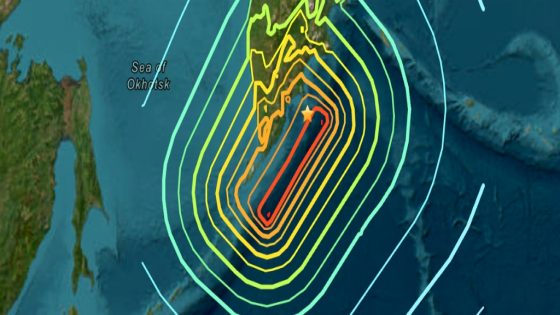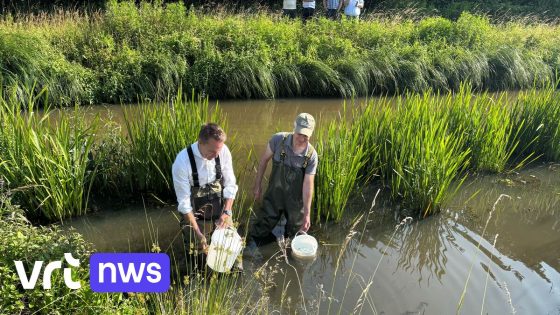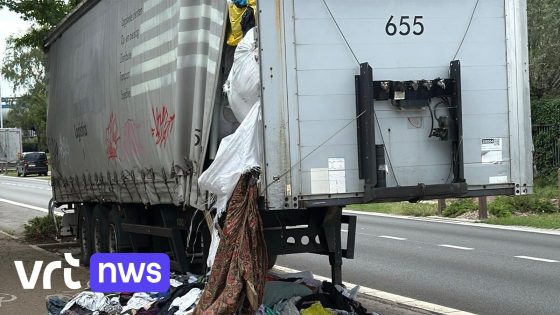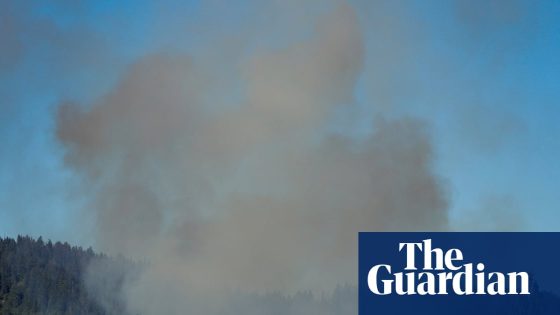An 8.8 magnitude earthquake near the east coast of the Kamchatka peninsula in Russia generated tsunami waves that have reached Hawaii and parts of the US mainland. As of 2025-07-31 06:30:00, alerts were issued across the Pacific, with some regions even implementing evacuation orders.
- Earthquake magnitude was 8.8 in Kamchatka.
- Tsunami waves reached Hawaii and US mainland.
- Evacuations were ordered across Pacific countries.
- Waves caused severe damage in Kamchatka.
- Tsunami warnings downgraded in many areas.
- Depth of earthquake affected tsunami size.
The tsunami’s impact varied significantly, with waves of up to four meters reported in Kamchatka, causing severe damage. However, in locations like Japan, the waves were smaller than anticipated, leading to downgraded warnings.
This event raises important questions about tsunami preparedness and geological behavior. Why did the tsunami’s impact differ so greatly across regions? Understanding the geological factors can help us better prepare for future seismic events.
- Waves traveled at speeds of up to 440 mph across the Pacific.
- Some tsunami warnings were lifted before waves reached distant coastlines.
- Depth of the earthquake influenced the tsunami’s vertical displacement.
As we move forward, it’s crucial for communities to stay informed and prepared for seismic activities, ensuring safety and resilience in the face of natural disasters.
































